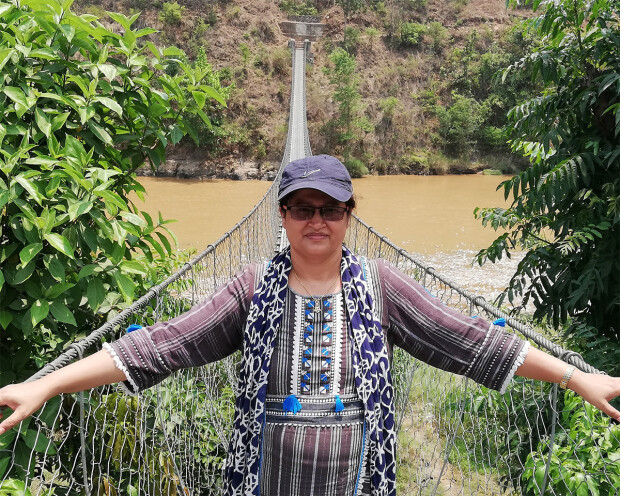PhD defence Lalita Roy
ITG Onderwijscampus Rochus, Aula P.G. Janssens, Sint-Rochusstraat 43, 2000 Antwerpen
Montrer l'itinéraire
Supervisors
Prof. dr. Epco Hasker (ITM)
Prof. dr. Guy Caljon (University of Antwerp)
Dr. Wim Van Bortel (ITM)
Prof. dr. Narayan Rai Bhattarai (B.P. Koirala Institute of Health Sciences, Nepal)
Abstract
Visceral leishmaniasis (VL), also known as kala-azar, is targeted for elimination as a public health problem in Southeast Asia (SEA), including Nepal, by 2030. In Nepal, the national VL elimination programme initially identified 12 districts as endemic (classical endemic districts), situated in the eastern and central lowlands. The country achieved the elimination target of reducing the annual disease rate to less than one new case per 10,000 population in these 12 endemic districts in 2013. In subsequent years, the programme encountered some emerging challenges. Outbreaks were reported from areas where disease control strategies have been implemented for years, and the VL cases spread in high-altitude areas, which were previously considered unsuitable for Leishmania transmission. Being a vector-borne disease, multiple factors associated with the host (human), vector (Phlebotomus argentipes sand flies), and pathogen (Leishmania donovani) need to be evaluated to understand the root causes of this evolution. In this thesis, we focused on generating information on key indicators associated with the vector, which were either limited or lacking.
The key entomological indicators, including the peaks of vector sand fly density in summer months (June to November), presence of the vector infected with the parasite, and human as the preferred host, reflected the favourable conditions and persistent L. donovani transmission in the classical endemic districts. This study also highlighted the threat of insecticide resistance in vector sand flies against pyrethroids in Nepal, where pyrethroid-based indoor residual spraying has been the sole vector control intervention for the last three decades. Additional investigation suggested that both genetic and metabolic resistance mechanisms likely contribute to the observed pyrethroid resistance. Importantly, we explored the presence of vector species in newly affected areas to evaluate the potential of local transmission. We found vector species in the majority of the surveyed districts with recent VL cases, irrespective of their endemicity status. We also demonstrated, for the first time in Nepal, the potential use of the mitochondrial cytochrome c oxidase subunit I (COI) gene as a molecular marker for the sand fly species identification.
All major entomological indicators corroborated the ongoing L. donovani transmission in classical endemic and other districts with recent VL cases. Hence, continued vigilance and supply of disease and vector control interventions in all its implementation units are essential requisites to achieve and sustain the VL elimination from the country by the scheduled date.
Schedule
ITM Campus Rochus, Aula P.G. Janssens, Sint-Rochusstraat 43, 2000 Antwerpen
4:30 - 6:30 pm. Please be on time, doors open at 4:15 and close at 4:30 pm.
Please, RSVP as soon as possible via this form, obligatory if you wish to attend the reception afterwards.
Antwerp is a Low Emission Zone and parking availabilities are limited. See for travelling information and parking regulations: https://www.itg.be/en/travelling-to-itm & https://www.slimnaarantwerpen.be/en/home.
Faites passer le mot ! Partagez cet événement sur